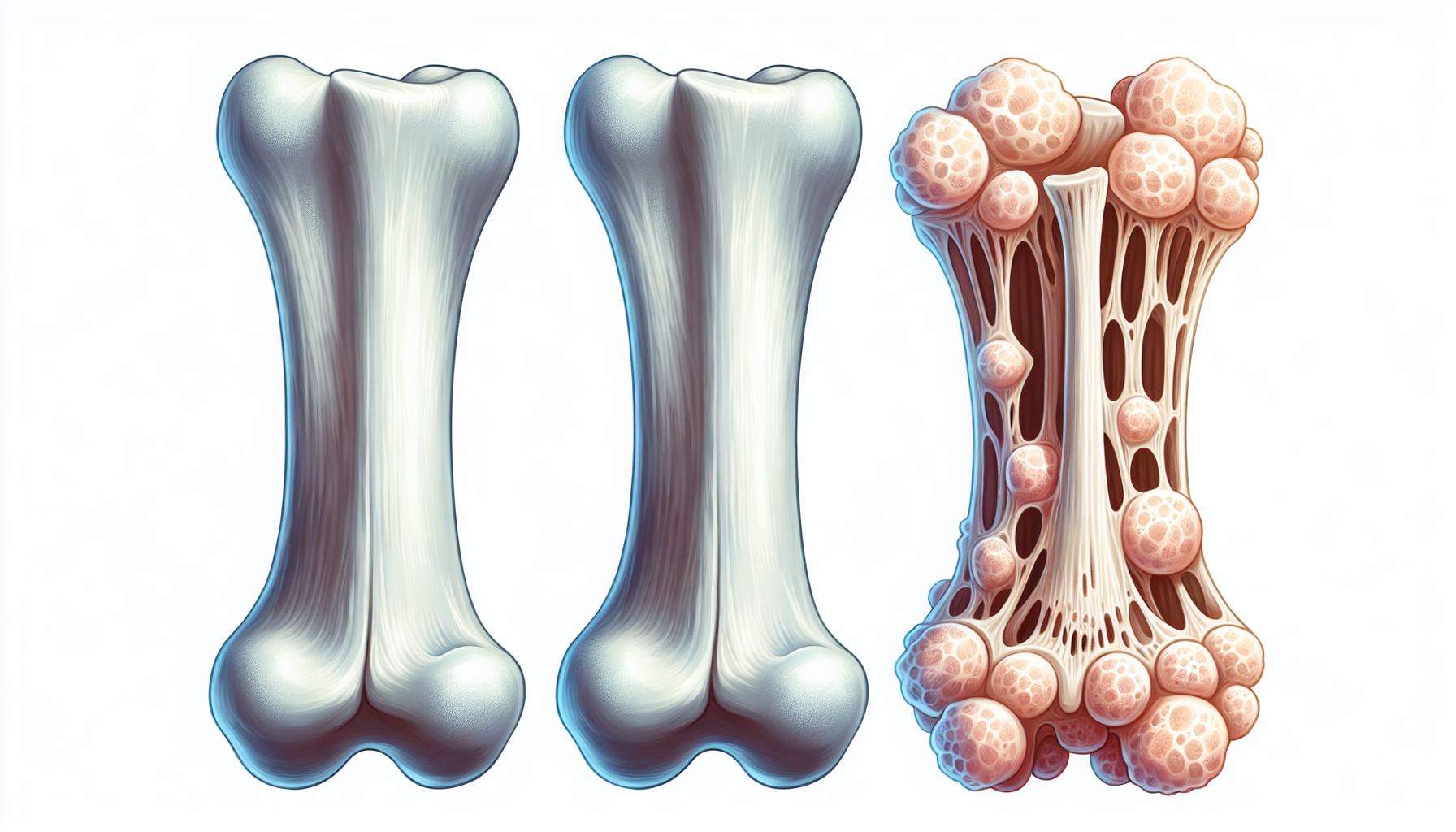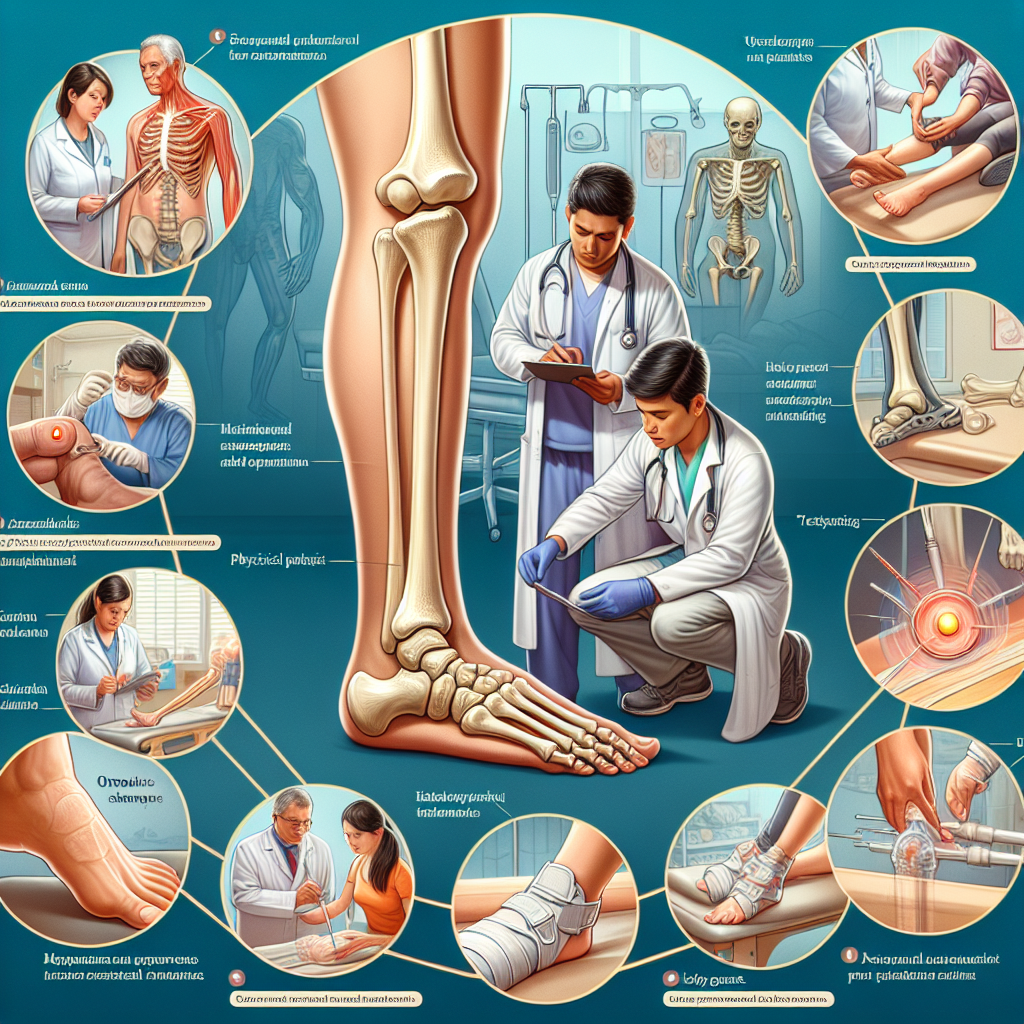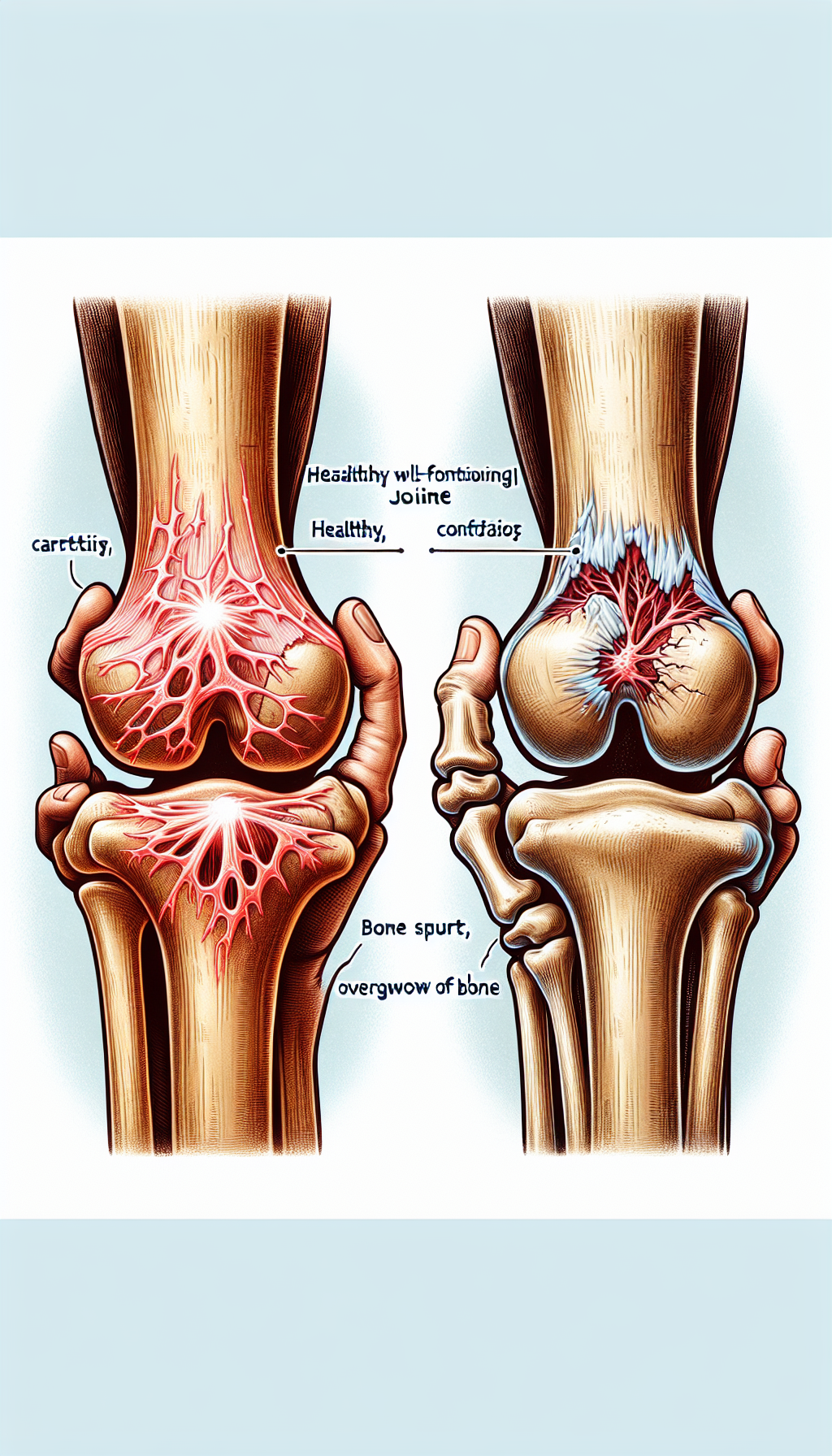Bone health is an integral part of our overall well-being, impacting everything from our mobility to our posture. One common yet often overlooked condition related to bone health is the development of bone spurs, also known as osteophytes. Bone spurs are bony projections that form along the edges of bones and are most prevalent in joints, where two or more bones come together, as well as along the spine.
The existence of bone spurs is a signal that the body is attempting to repair itself by building extra bone. This can occur in response to pressure, rubbing, or stress that continues over a long period. While bone spurs may not always cause symptoms, they can contribute to pain and loss of motion in the affected joints when they do.
Understanding Bone Spurs
Bone spurs are often associated with osteoarthritis, a condition resulting from the wear and tear of cartilage. As the cartilage deteriorates, the body tries to compensate by growing new bone. This compensatory mechanism is a testament to the body’s remarkable ability to adapt but can lead to further complications if not managed properly.
The link between bone health and osteoarthritic changes is well-established, and it underscores the importance of maintaining strong and healthy bones throughout life. For those interested in gaining a deeper understanding of bone health and ways to maintain it, the article on Bone Health at Avix Health is a valuable resource.
Symptoms and Diagnosis
Individuals may not even know they have bone spurs until they experience pain or other symptoms, or until an X-ray for another condition reveals the growths. When bone spurs do cause symptoms, these might include pain, numbness, tenderness, and weakness due to the spur pressing on surrounding nerves or tissues, or even interfering with joint movement.
Diagnosis often involves a physical examination as well as imaging tests such as X-rays, MRI, or CT scans, which can provide detailed pictures of the bones and the tissues surrounding them.
Factors Contributing to Bone Spurs
The risk of developing bone spurs increases with age, but several other factors can accelerate or contribute to their formation:
- Joint damage from osteoarthritis or other conditions
- Excessive weight-bearing activities over time
- Poor posture or past injuries
- Genetic predisposition
- Nutritional deficiencies
For more in-depth information on how lifestyle and dietary choices influence bone health, readers may find value in exploring the insights offered in the article on The Importance of Regular Exercise in Bone Health Maintenance.
Management and Treatment
Treatment for bone spurs depends on the severity of symptoms. In many cases, a conservative approach is sufficient:
- Medications such as nonsteroidal anti-inflammatory drugs (NSAIDs) can help control pain and inflammation.
- Physical therapy can improve joint strength and flexibility.
- Proper footwear or inserts can provide support and reduce pressure on the feet or spine.
In more severe cases, surgical intervention may be necessary to remove bone spurs and alleviate pressure on the surrounding tissues.
For those exploring natural remedies to complement their management plan, the article on Natural Remedies for Strengthening Bone Density offers a range of options that could support overall bone health.
Preventive Measures
While it’s not always possible to prevent bone spurs, certain steps can be taken to minimize the risk of their development:
- Maintain a healthy weight to reduce stress on joints.
- Engage in regular, low-impact exercise to keep joints flexible and strong.
- Eat a balanced diet rich in calcium and vitamin D to promote bone health.
- Avoid repetitive movements that can stress joints.
For individuals with dietary restrictions or preferences, it’s crucial to understand how these choices impact bone health. The article on Bone Density Considerations for Vegan Diets can be an excellent guide for vegans seeking to ensure they receive all the necessary nutrients for optimal bone health.
Supporting Bone Health Through Diet and Supplements
Diet plays a pivotal role in maintaining bone health. Consuming foods rich in calcium, vitamin D, magnesium, and phosphorus is key to keeping bones strong and healthy. Additionally, certain supplements may be beneficial for those unable to meet their nutritional needs through diet alone.
For insights into critical vitamins and minerals for bone health, and how to include them in your diet, consider reading the detailed exploration provided in Critical Vitamins for Bone Density and Health.
External Resources for Further Reading
To deepen your understanding of bone health and bone spurs, here are some niche resources that offer valuable information:
- Arthritis Foundation: An organization providing comprehensive information on arthritis-related conditions, including the impact of osteoarthritis on bone spurs.
- National Institute of Arthritis and Musculoskeletal and Skin Diseases (NIAMS): Offers extensive resources on bone health, including the latest research on bone diseases and conditions.
- American Academy of Orthopaedic Surgeons (AAOS): Provides patient education materials on various orthopedic conditions, including treatment options for bone spurs.
- Institute for Quality and Efficiency in Health Care (IQWiG): Offers evidence-based health information, with a section dedicated to explaining how lifestyle choices affect bone health.
Conclusion
Bone spurs are a common condition that can have a significant impact on an individual’s quality of life. Understanding the factors that contribute to their development and taking proactive steps to maintain bone health can play a crucial role in prevention and management. With the right combination of lifestyle changes, medical intervention, and dietary considerations, it is possible to manage symptoms and maintain an active, healthy life.



